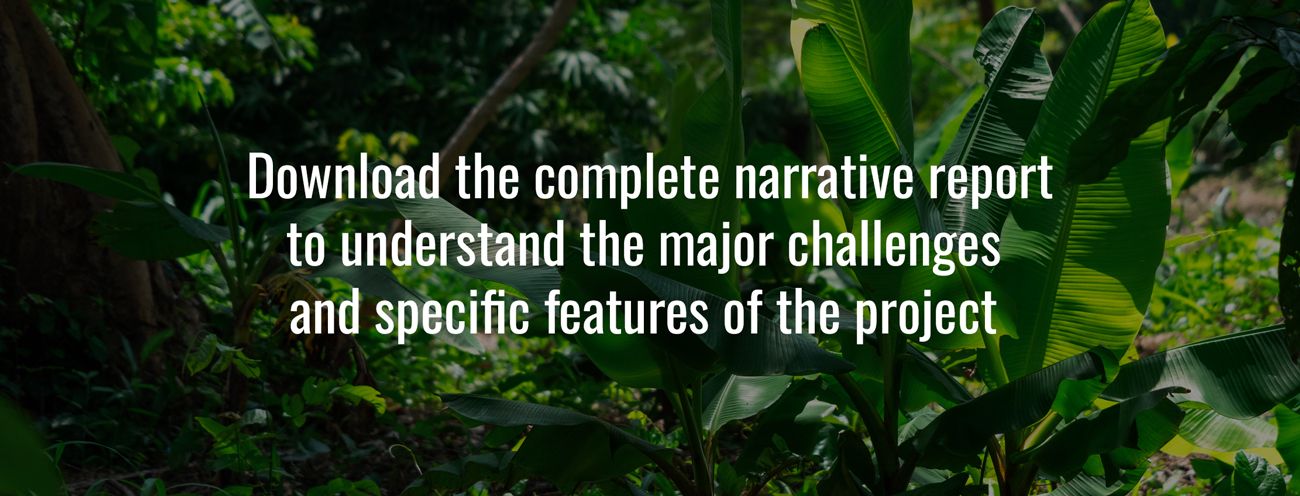In West Africa, where the agricultural sector provides income for nearly 60% of the working population, 90% of the calories consumed are produced locally. The health, diversity, and sustainability of agricultural systems are therefore of crucial importance, both for the food security of local communities and for the generation of equitable incomes.
How can we enable farming communities to strengthen their resilience, gain autonomy, and adapt to climate change, which directly impacts their food crops and cash crops such as cocoa, cashews, and coffee? Concrete solutions are being developed through agroforestry projects such as Avé Ga in Togo, designed to restore 15,750 hectares of land and sequester 6.2 million tons of CO2 equivalent.
As Senior Carbon Manager, Pauline Vialatte is responsible for developing carbon sequestration projects at Reforest'Action. From design to coordination of activities and impact monitoring, her engineering expertise is being put to good use in the Avé Ga project, which is currently in the process of being certified by the Verra international carbon standard. Read her interview.
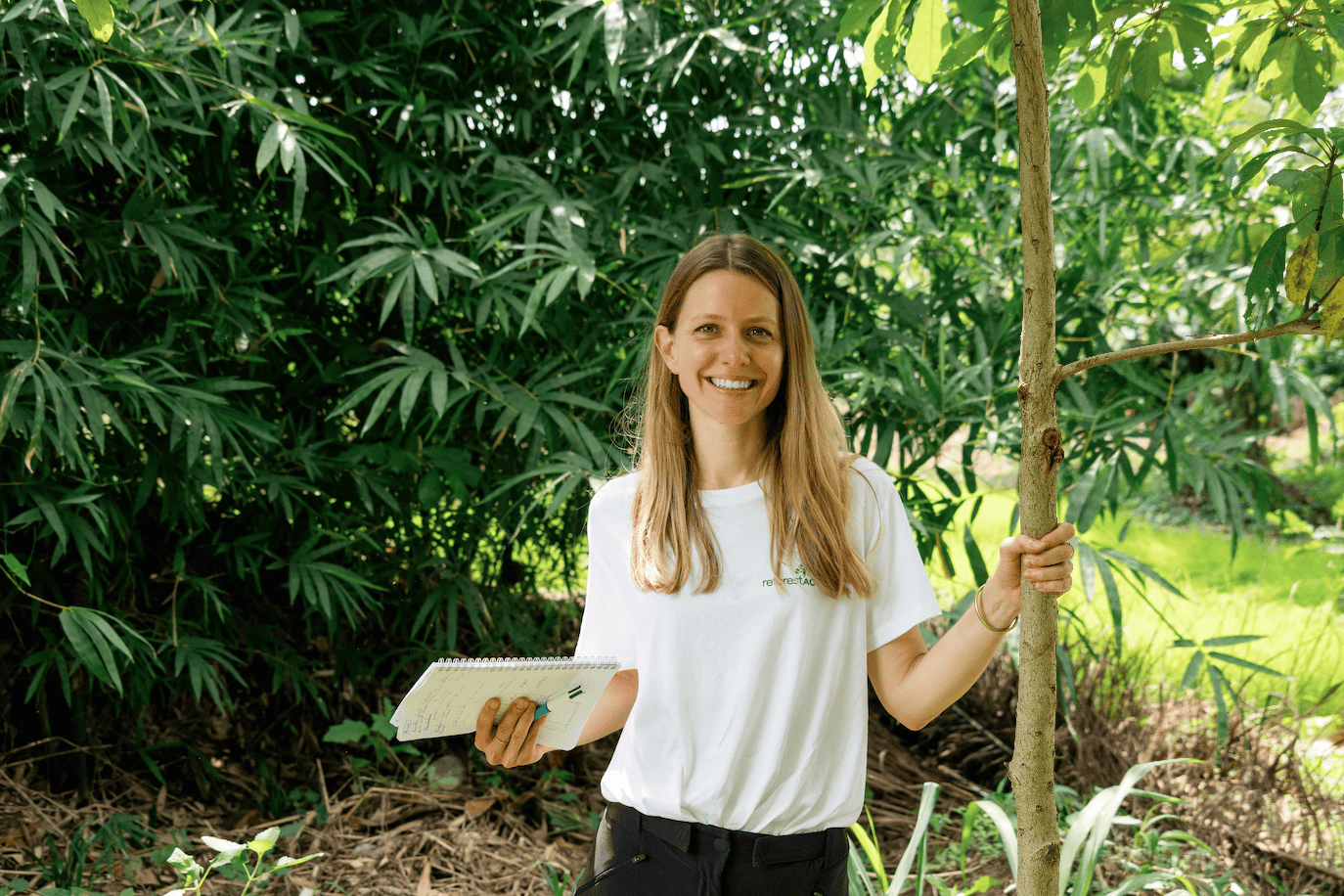
What expertise does Reforest’Action have in developing projects certified by international carbon standards?
Pauline Vialatte : As a developer of high-integrity projects certified by international carbon standards, Reforest’Action oversees the entire process of developing and certifying projects such as Avé Ga in Togo. We are also responsible for selling the carbon credits generated by the project to companies that are required, under the SBTi Net Zero Standard, to reduce their emissions by at least 90% by 2050, or to natural capital investment funds. There is therefore close synergy between our engineering activities in the field, our experience in seeking financing and providing tailored support to investors, and our financial and legal expertise in the service of robust governance.
What internal skills are being mobilised for the development of the Avé Ga project in particular?
Pauline Vialatte : As part of the Avé Ga project, we are providing specific expertise in the areas of carbon, finance, and legal matters in order to address both the needs of investors and the requirements of carbon certification, while ensuring that the project guarantees a high level of environmental and social integrity. This includes co-designing the project with the field-based Project Implementer, eligibility and additionality analysis and ex-ante carbon sequestration modeling, the development of a robust business model, and ensuring that the project complies with the certification framework.
We also deploy all our operational expertise gained from more than 15 years of experience in developing and monitoring reforestation and agroforestry projects, from supervising all project activities in the field to steering and adaptively managing the project's operational and financial performance through close monitoring with the Project Implementer and a reporting framework established at the start of the project.
In short, Reforest’Action’s expertise enables the financers of the Avé Ga project to secure their investments, reduce risks and strengthen their impact on the climate, biodiversity and local communities through a nature-based, high-integrity carbon sequestration project.
How does the project generate fundamental benefits for ecosystems and local communities?
Pauline Vialatte : The Avé Ga project aims to restore ecosystems by reversing land degradation, diversifying tree species and improving environmental conditions through the deployment of five different planting models. The fundamental benefits of the project include mitigating climate change through carbon sequestration in biomass and soil, as well as restoring biodiversity, in particular by promoting four tree species classified as threatened by the IUCN. Avé Ga also supports sustainable agricultural practices, helps to strengthen food security in communities, diversify agricultural production and improve access to markets. Training and awareness-raising activities for communities will improve their technical knowledge, while encouraging their participation in decision-making through inclusive development and the creation of sustainable jobs.
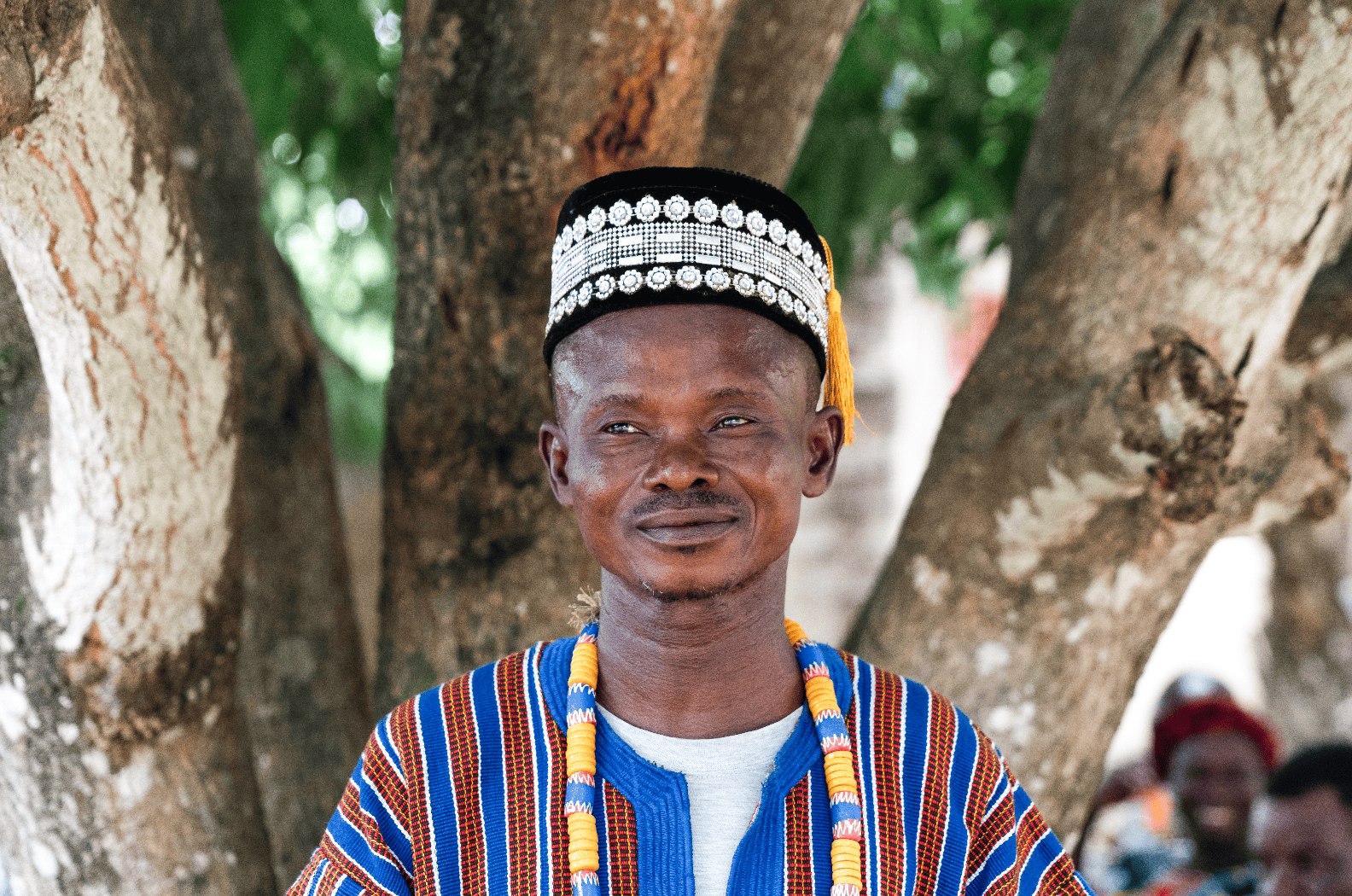
How does the project enable additional carbon sequestration?
Pauline Vialatte : Additionality is an essential factor that ensures that CO2 absorption would not occur without the implementation of the project. The criteria for demonstrating additionality require proof that the funds obtained are essential to the viability of the project. In the case of Avé Ga, project activities are carried out on land dedicated to agricultural production, which in the project area commonly involves slash-and-burn farming. In their initial state, the plots are therefore subject to cycles of degradation, making natural vegetation regeneration impossible, with a baseline scenario where the average carbon stock is very low. The development of agroforestry as part of the project will thus enable additional carbon sequestration compared to maintaining conventional agriculture.
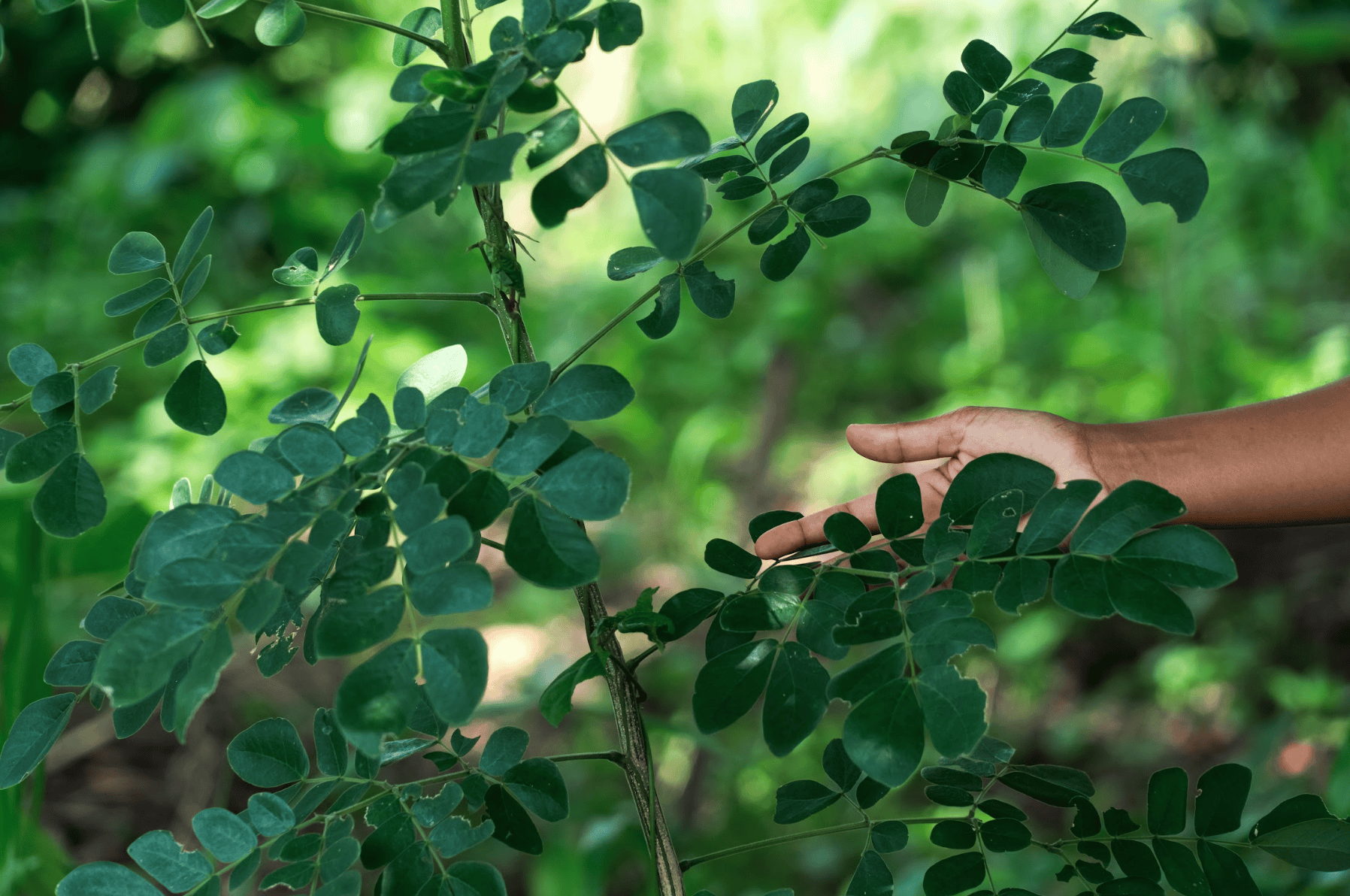
How does the project meet the requirements for transparency and traceability?
Pauline Vialatte : Transparency is essential to guarantee the integrity of the project. As part of the Avé Ga project, all carbon sequestration modelling assumptions and all financial modelling are shared with investors. Similarly, the reporting framework (relevant indicators, frequency) is developed jointly with them. At the same time, we require monthly financial and operational reporting from the Project Implementer throughout the deployment phase of the activities. In addition, the demonstration of the impacts generated by the project, made available to the auditor and the certification standard, includes complete traceability of the raw data collected in the field up to the aggregated results, thus enabling their verification.
How will the impacts generated by the project be monitored and measured?
Pauline Vialatte : Project monitoring involves both operational monitoring, to ensure the effectiveness of field operations, and impact monitoring, to ensure that the objectives set for the selected fundamental benefits are achieved, in accordance with the CCB (Climate, Community & Biodiversity) standard framework. The project monitoring plan is therefore based on various indicators, each of which is defined with units, methods, quality control processes, references, objectives and monitoring frequency, in accordance with the requirements of the VM0047 methodology and the ABACUS label. A preliminary monitoring plan was drawn up during the feasibility study and will be refined during the project preparation phase. Carbon sequestration will be measured using remote sensing, field inventories of biomass and soil organic carbon, as prescribed by the VM0047 methodology, and the collection and laboratory analysis of statistically representative soil samples.
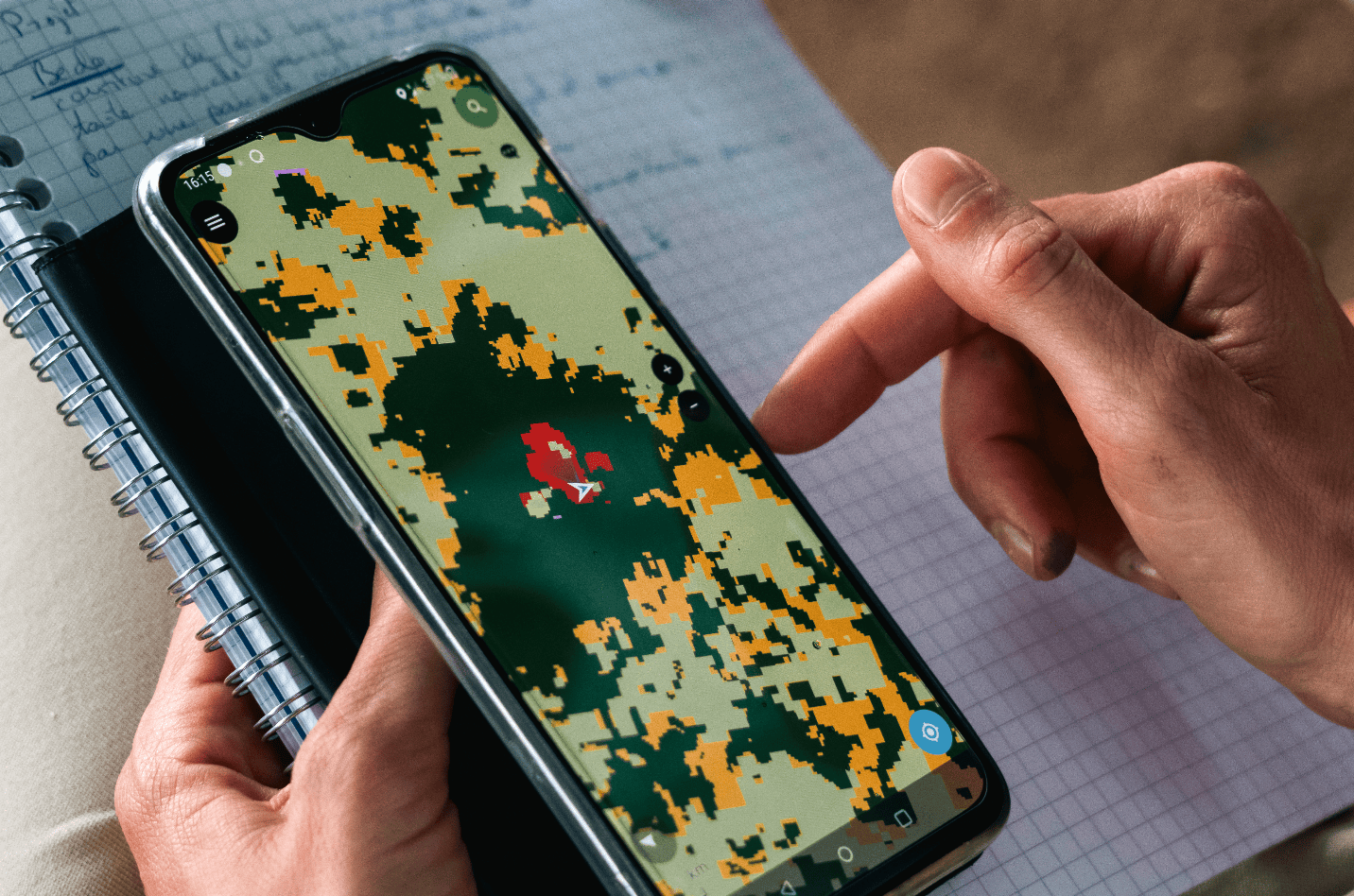
What strategy is in place to mitigate the specific risks associated with the field?
Pauline Vialatte : It is essential to analyse and understand the risks (natural risks, internal risks related to the implementation of project activities, risks related to the organisations implementing the project, risks related to high conservation values*, etc.), as these factors directly influence the sustainability of the project, the achievement of the expected impacts and the return on investment. To this end, Reforest’Action has developed a step-by-step risk management process, which is applied in parallel with project development. This process includes conducting due diligence during the project study phases and developing a risk management plan during the project preparation phase, which will be implemented and updated throughout the 40 years of project implementation.
How can the project’s permanence be maximised?
Pauline Vialatte : The Avé Ga project has a carbon credit issuance period of 36 years and a lifespan of 40 years, which corresponds to the duration of the agreements concluded with landowners. Monitoring covers the 36-year credit generation period, plus 7 years of permanence monitoring by remote sensing. However, the project aims for long-term permanence, well beyond 40 years, by sustainably transforming traditional slash-and-burn agricultural practices into forestry and agroforestry systems. This objective will be achieved through training (in agroforestry techniques and farmer-managed natural regeneration) and the empowerment of local communities so that they can, in the medium term, take ownership of the project and ensure its permanence by benefiting from socio-economic advantages, such as the creation and development of agricultural cooperatives, which will help to anchor the project sustainably in the local economy.
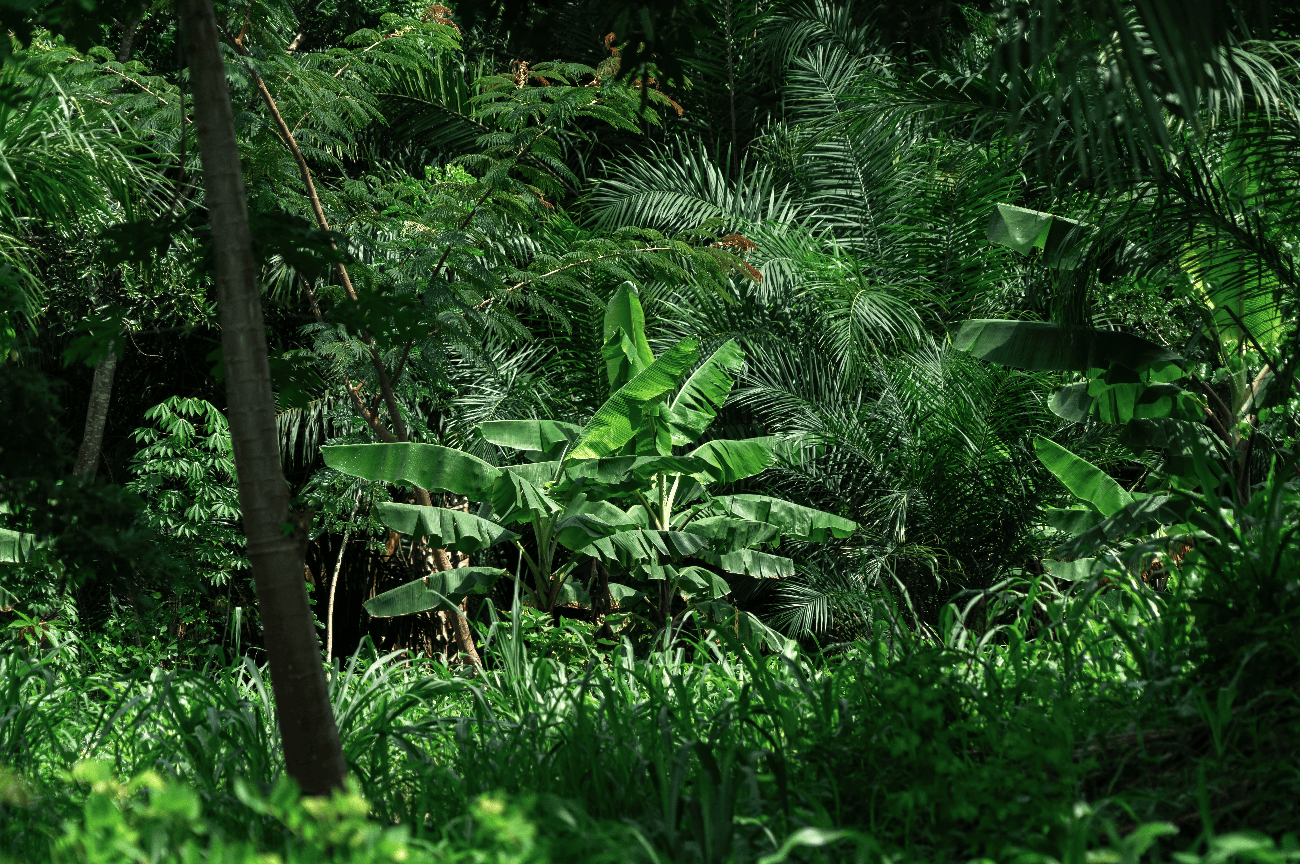
How does the Avé Ga project meet all the criteria for a high integrity nature-based carbon sequestration project?
Pauline Vialatte : Avé Ga is a high-integrity carbon sequestration project in that it aims not only to create carbon sinks, but also to maximise environmental and socio-economic impacts on local communities. Through a robust, sustainable design adapted to local challenges and a proactive management process for unavoidable variables, Avé Ga meets the highest quality standards in terms of climate, biodiversity and community inclusion. The multifunctional project is able to support its investors’ climate strategy while contributing to the quality and reliability of the voluntary carbon market through transparency, traceability, inclusive decision-making and equitable value distribution.
